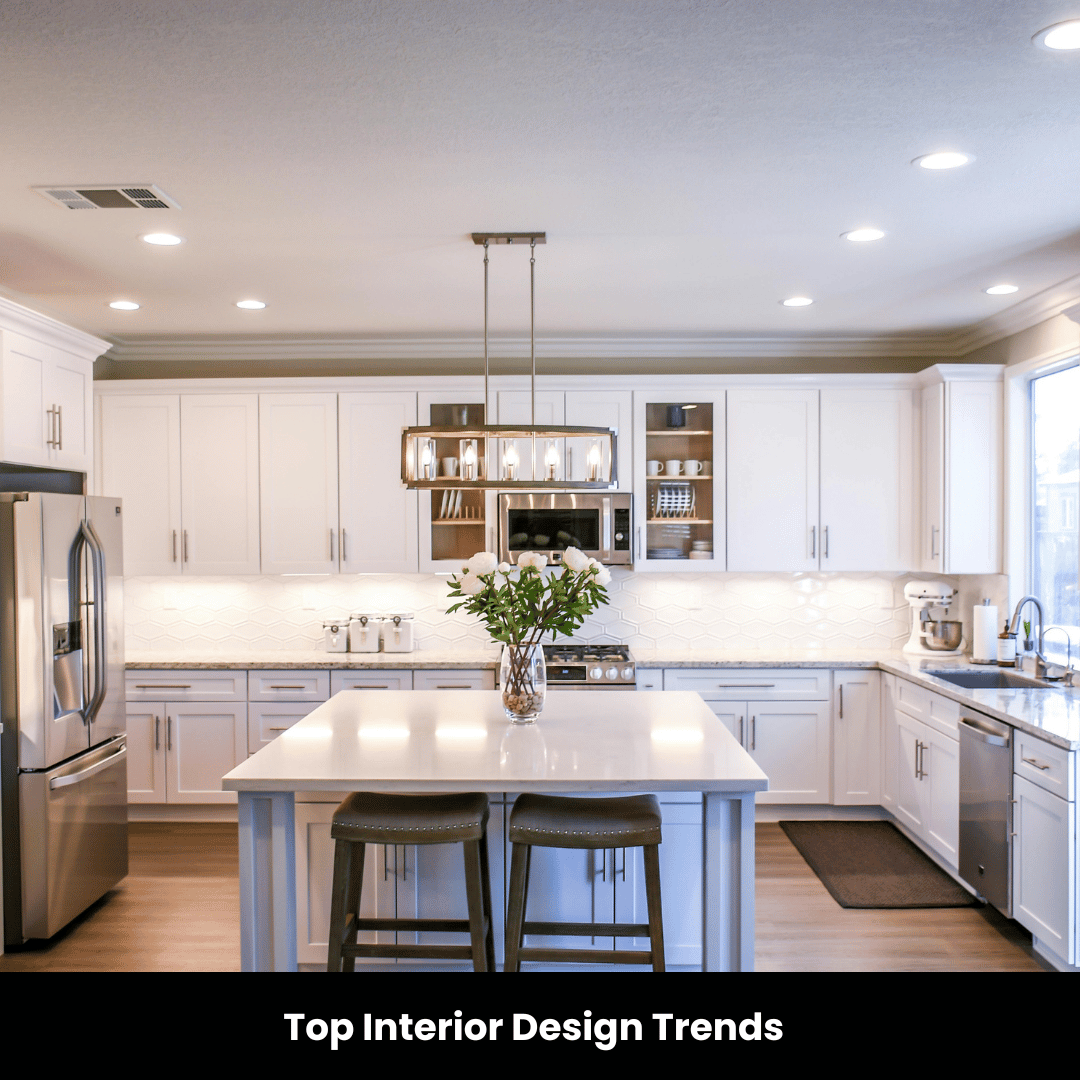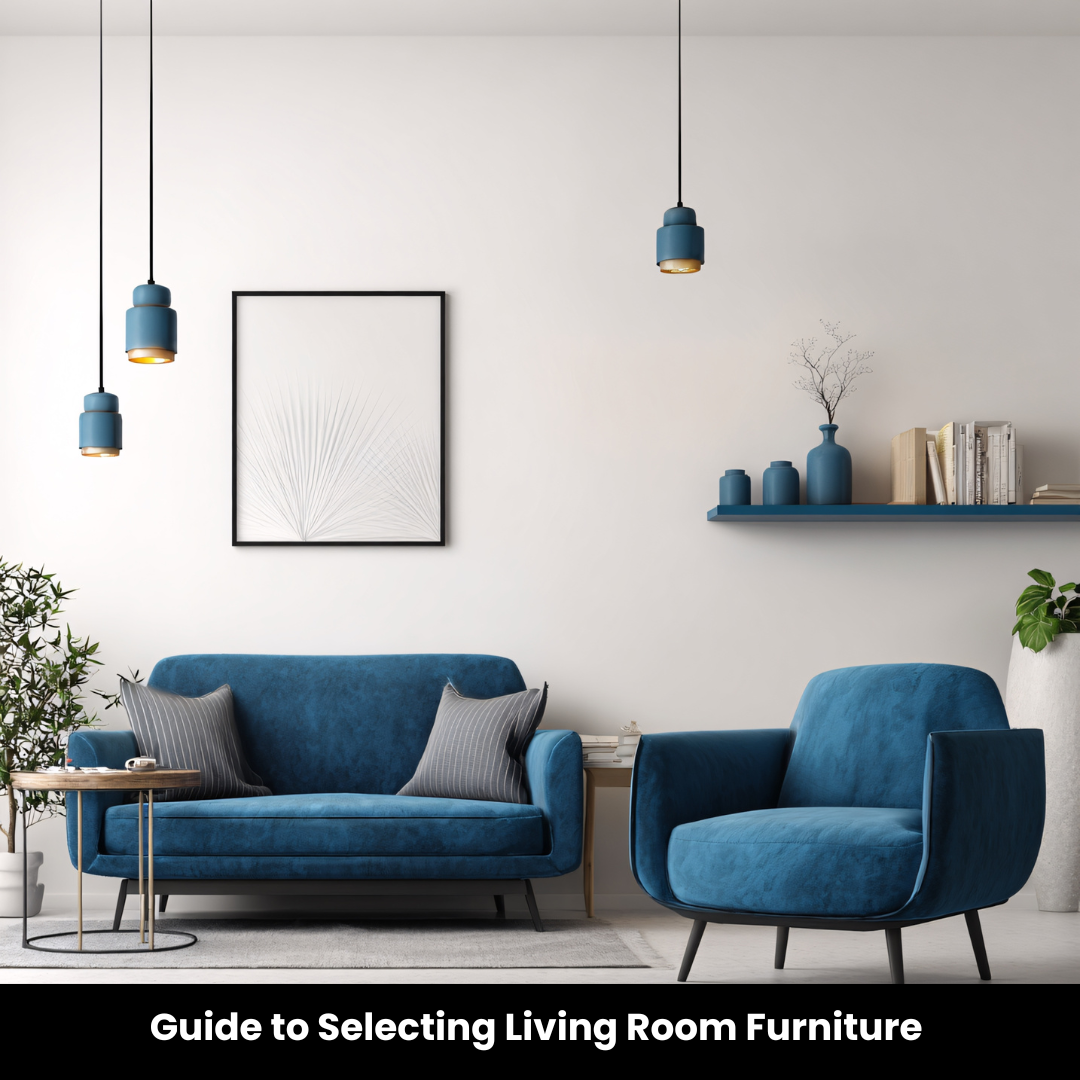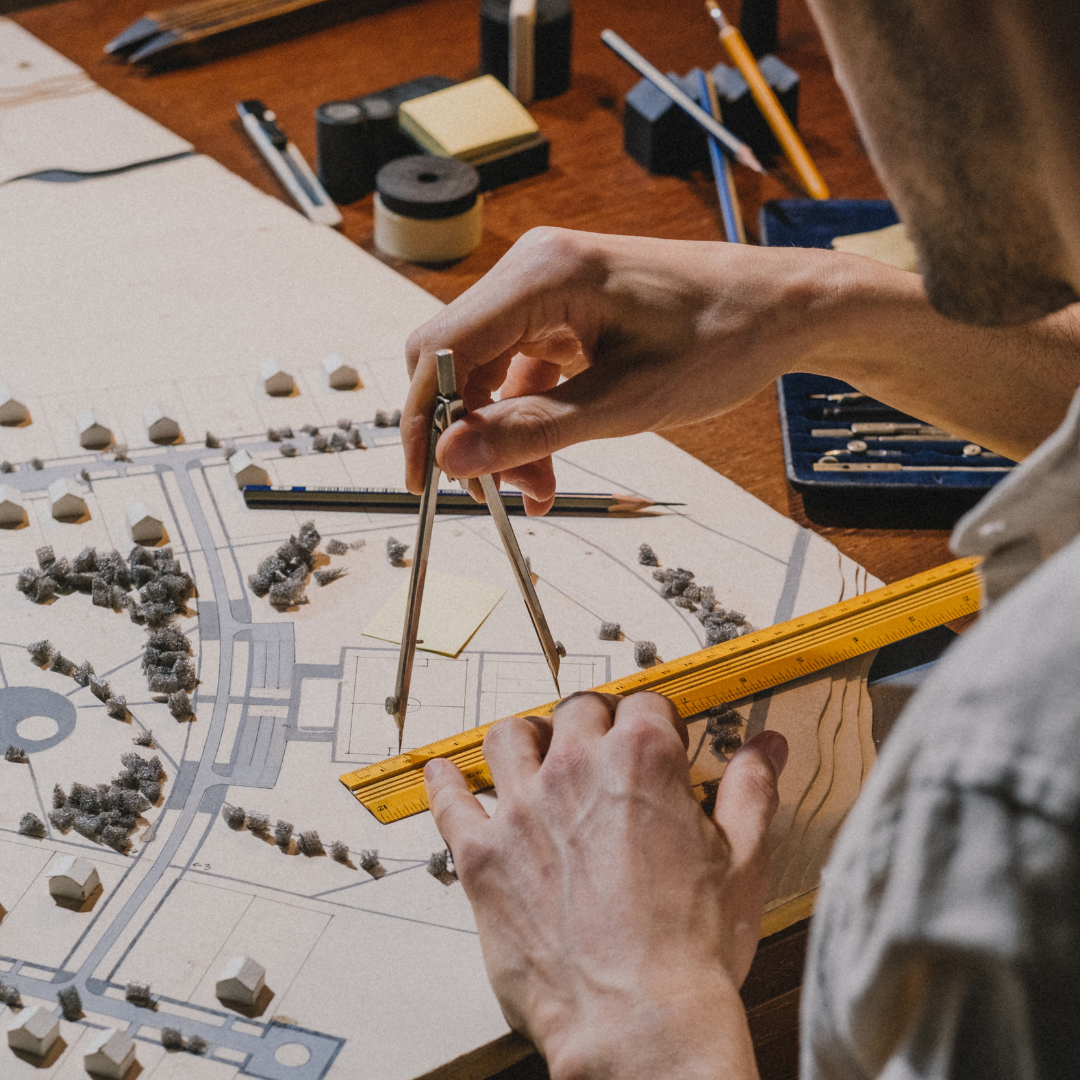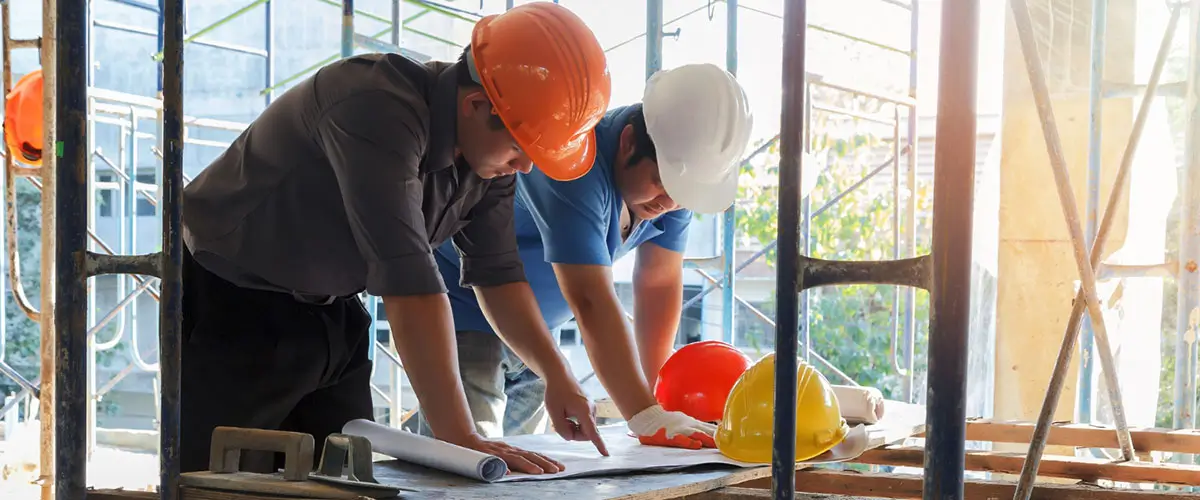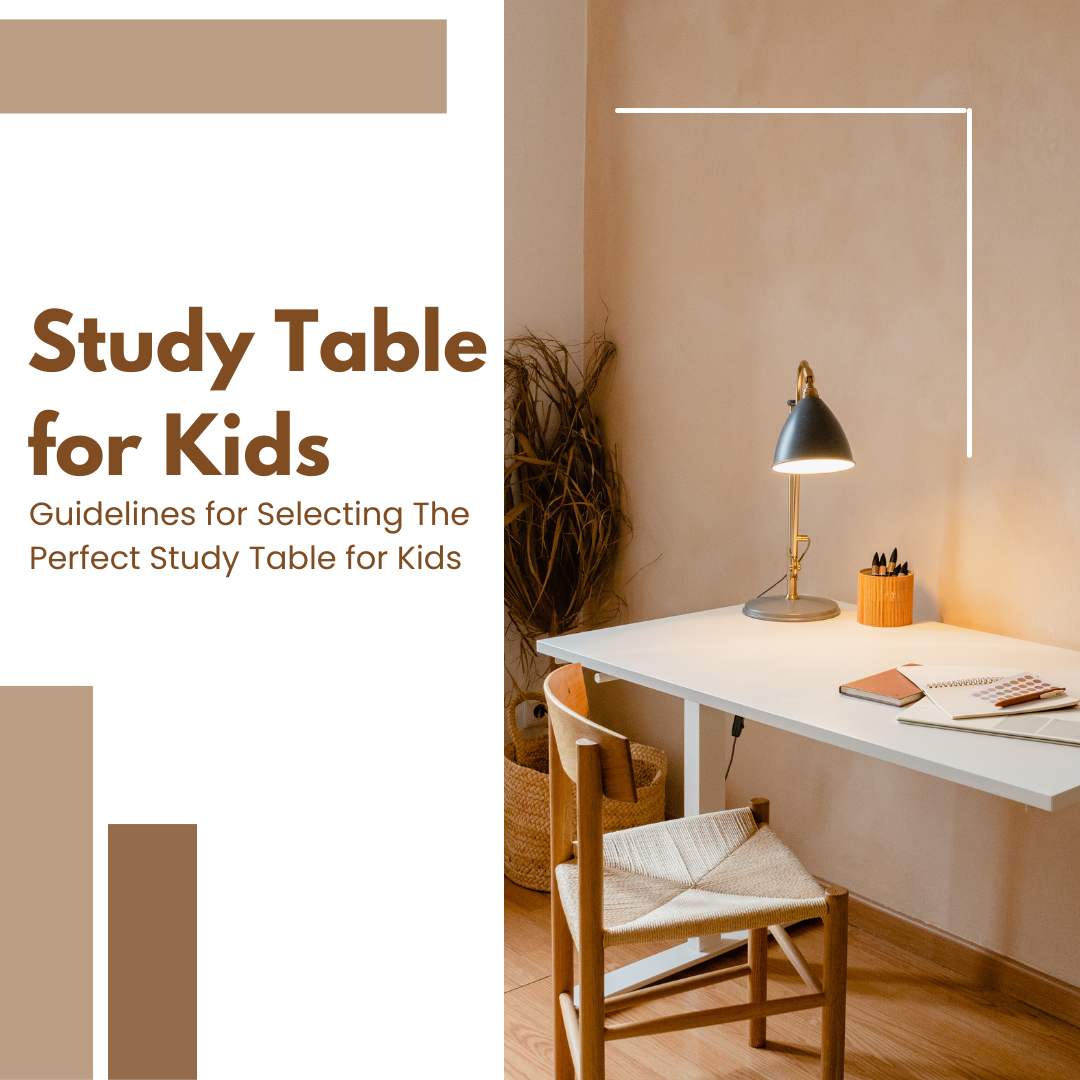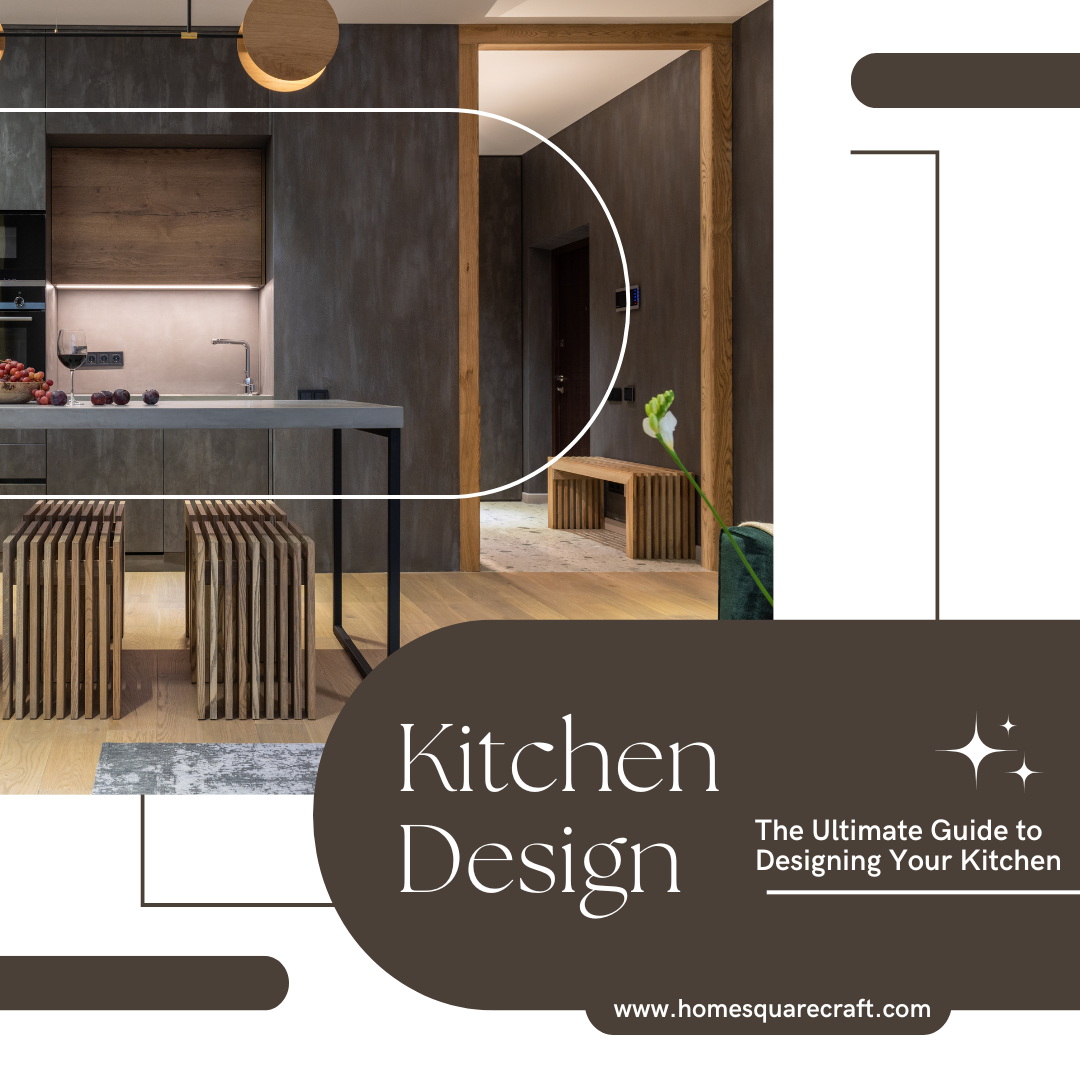Renovation Meets Reinvention: Building Homes for Modern Living
To say the home has always meant more than four walls and a roof is an understatement. It’s a haven, a place of expression, a space in which you experience all of life’s beautiful and messy complexities. At some point in between the cookie-cutter suburbs of the past and the Pinterest-perfect homes of the present, something changed. People stopped living in our homes, and we expected them to start living with us, expanding, changing, and keeping pace with the beats of contemporary living in ways no one saw coming a generation ago.
Today’s homeowner is not just renovating but rethinking. Walls; physical and mental; built what we thought of a home and these walls were broken down and rebuilt into something that reflects how we actually live. This “change” isn’t because of some trend or design check list. It is the mere expectation of renewing what a home can be. When work happens at the kitchen counter, fitness for the bedroom, and Sunday dinner includes guests joining from three different continents, something clearly needs to be understood about home.

» The Death of the Formal Living Room
Step into any home constructed before 1990, and you’ll likely find it: the formal living room, pristine and typically unoccupied, as untouched as a revered museum space, waiting for visitors to drop by who, more often than not, do not. These areas epitomized a different vision or set of possibilities for home living, an idea forged from oft-rigid social standards and a definition as to what type of activity could transpire within each space.
However, the recent evolution of home life has rendered such spaces obsolete, and refurbishments are reflecting such a change. The new approach embraces flexibility over formality. Open-concept designs are not only a trend, they are also pragmatic responses to the ways families operate.
Parents want to monitor their children while they prepare dinner. Those working from home need a working space that will adjust to an entertaining area when it is suddenly five o’clock. The modern home flows, a continually evolving experience where spaces serve multiple uses throughout the day.
This intention toward multipurpose living is not simply a matter of removing walls; open spaces require that we think about how to create zones. For example, a reading nook (which also serves as a video conference background), a kitchen island that serves as a homework space, and a dinner table (and cocktail bar). Importantly, one cannot think of multifunctionality separately from style or function, or they begin to feel institutional.

» Technology as the Invisible Backbone
Nothing perhaps exemplifies the idea of modern home renovations more vividly than technology. However, this is where a reinvention is fundamentally different from a renovation. Renovations focus on making technology visible. A reinvention doesn’t concern itself with technology, rather, it weaves it into the fabric of everyday life.
In the past, a smart home often meant an abundance of gadgets that made you think of a space of the future or even a spaceship that was seemingly controlled by a high-tech control panel. Today’s versions are subtle, sophisticated, and even more functional. Lighting that automatically responds to natural circadian rhythms.
Environmental controls that not only learn when you’re home, but learn your product preferences and project your working calendar. Security systems that spot the delivery driver from an intruder. These additions were not novel, flashy or memorable, they were conveniences. Because you, finally, you don’t need to worry about that stuff in your life.The best renovations incorporate technological infrastructure that is modern and future /hypothesis based.
For example, conduits are put in place for technology products that don’t exist yet or to create charging stations within cabinets. With all of that, access to wi-fi in your home reaches every nook and cranny without needing to see a nest of routers and extenders throughout your new living space. Infrastructure for the candid, current and future digital age is now as important as plumbing and electrical structures, but importantly nauseatingly flexible.

» Sustainability Isn’t Optional Anymore
We have seen a major shift in our thinking around building and renovating, with more awareness that our decisions have effects that extend far beyond our property lines. More and more homeowners view renovation as an opportunity to not only enhance their living situations but to lessen their impact on the environment.
This is happening in so many ways, from large structural decisions to the tiniest material decisions. Solar panels have transformed from bulky and obtrusive afterthoughts onto houses to sleek designs as an integrated system. Insulation systems have reached a point where old houses can have near Passive House standards for energy efficiency. While former projects focused entirely on the most hardcore environmentalists seeing water collection systems as a standard feature when modernizing their homes.
However, sustainable renovation is not just about adding green technologies to your renovation schema; it can also mean preservation and adaptive reuse of current structures because many times, the most sustainable building is the one that is already standing.
Bringing a house down to the studs and rebuilding with today’s efficient building standards while maintaining original character is a fantastic blending of the old and the new. Using reclaimed components, low-VOC finishes, and local resource elements all add-up and accumulate a home that is not only healthier for the occupant, but more gentle on the planet.
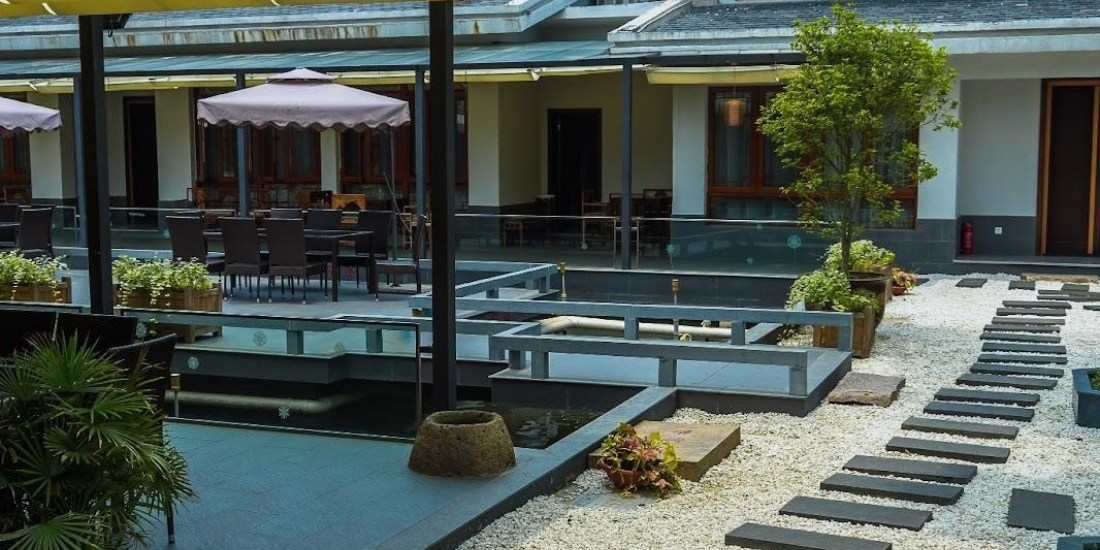
» The Wellness Revolution Comes Home
The pandemic fundamentally changed our relationship with our homes; they shifted from places we departed each morning to multifaceted environments where we worked and exercised, learned and took refuge. Even as we have returned to a form of normalcy, we continue to carry an awareness of how our spaces impact our well-being.
Modern renovations are putting more emphasis on mental and physical health. That means maximizing natural light; establishing fresh air changes in the space, as well as biophilic design to connect us to nature while indoors. Home gyms are no longer simply a treadmill in the basement but are wellness spaces of intention with appropriate flooring, mirrors, and ventilation. Meditation rooms, reading ladders and private outdoor areas acknowledge the need for quiet alone time from the excess noise in our world.
Air quality is receiving attention to detail that would have seemed overly obsessive 10 years ago; water filtration systems are a routine aspect. Instead of having materials based on surface aesthetics or looks, the index of health and wellness is now foamed in. Homes become not simply beautiful, but homes that have an important impact on the health and happiness of all occupants.
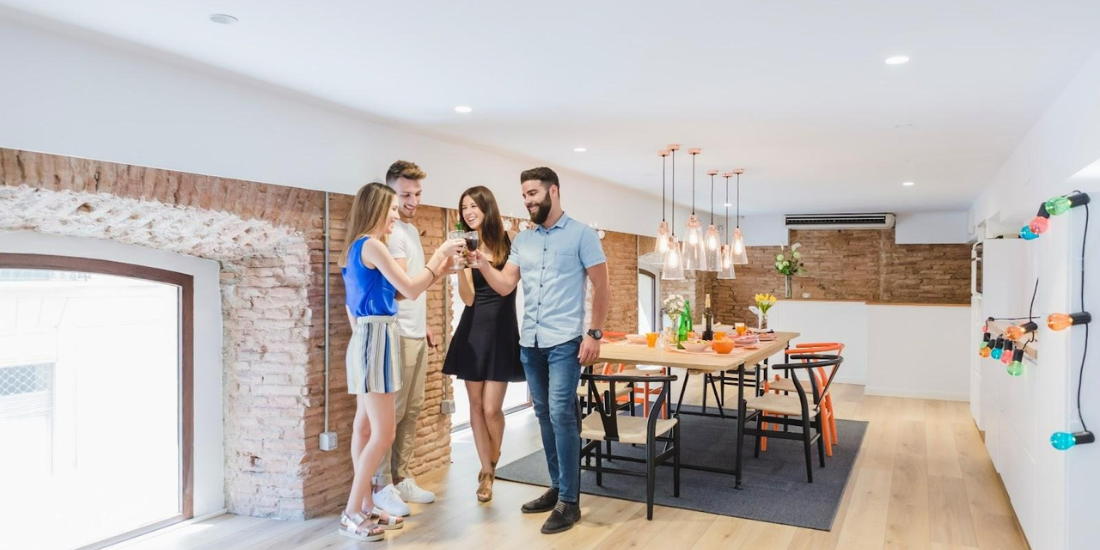
» Aging in Place and Universal Design
As the demographic continues to age and families increasingly consist of several generations of family members living under one roof, renovation is viewed through the perspective of universal design, to create spaces that can simply work for every body without being institutional or medical. This means wider doorways to accommodate a wheelchair, but that doesn’t announce it.
Curbless showers that look luxe, but are infinitely more accommodating. Kitchen counters at varying heights to work whether you are seated or standing. These are not compromises, they are improvements to enhance livability for all people.
The aim is to create homes that can adapt as the residents’ needs change, especially eliminating the need to move during vulnerable life transitional points. A first-floor bedroom suite is not just for aging parents, but flexible options that could turn into an office or nursery and later become accessible when needed.

» The Personal Touch in a Digital Age
All the talk of technology and smart systems aside, perhaps the biggest aspect of modern renovation is personalization. In a time of mass production and algorithm-driven suggestions, our homes are now blank slates for genuine self-expression. This could mean keeping the original architectural features and changing everything around it.
It could mean designing built-ins that illustrate exactly how you live rather than what the dimensions reveal about planners who work with average sizes. It’s choosing finishes and fixtures that satisfy your aesthetic rather than what’s trending in your TikTok or Instagram feed.
The best renovations tell stories-the stories of people who live there, the story of the structure, the connection to place and community. They are the perfect balance of something timeless and the contemporary necessity. The spaces feel current but future-proof.
Conclusion:
Reinventing home isn’t just a catchy phrase, it’s a serious rethinking of what home means in the 21st century. We’re done with houses designed merely to protect us from the weather; we want places that inspire us, comfort us, connect us, and help us navigate the many dimensions of our busy, modern lives.
The home that will continue to evolve out of this rethinking will be smart, sustainable, and more aligned with human beings than ever before. It will not only combine technology and craft, efficiency and beauty, but practicality and personality. It will also acknowledge that life is not neat and tidy, that human beings are messy, complicated creatures, and will have to sit in that reality.
As we continue to reinvent what it means to live, work, and connect, our homes will keep up. The most exciting part of this is that we are at the very beginning of the opportunities! The future of home is not telling the future of home, it is a matter of making homes that can flex and expand with whatever the future may hold.


